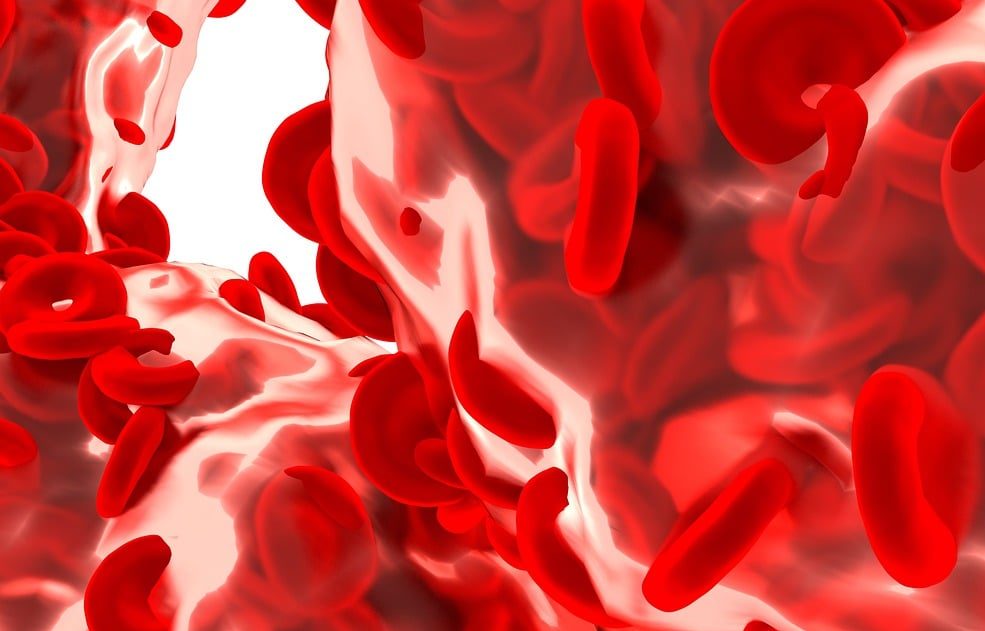
SHARE THIS ARTICLE:
Babesia odocoilei Detection Unreliable After Initiation of Treatment
 Open Journal of Public Health (Scott, J.D., et al.) 02.12.2024, published, “Human Babesiosis Caused by Babesia odocoilei: Hiding Behind a Mask.” According to the researchers, B. odocoilei is the predominant Babesia sp. infecting humans and wildlife. In this international human babesiosis study, 113 participants from Canada and the USA were sampled for nucleic acid detection of Babesia sp. in blood.
Open Journal of Public Health (Scott, J.D., et al.) 02.12.2024, published, “Human Babesiosis Caused by Babesia odocoilei: Hiding Behind a Mask.” According to the researchers, B. odocoilei is the predominant Babesia sp. infecting humans and wildlife. In this international human babesiosis study, 113 participants from Canada and the USA were sampled for nucleic acid detection of Babesia sp. in blood.
Most patients in the study had been experiencing a number clinical symptoms including fatigue, muscle or joint aches, sleep disturbances, brain fog, and cognitive dysfunctions, and had initiated either herbal or pharmaceutical treatments for Babesiosis. 25 participants were positive for Babesia through FISH testing, and 26 participants were positive for B. duncani. However, cross-reactivity between B. duncani and B. odocoilei occurs.
Babesia odocoilei hides in continuous, fibrin bonding entanglements in small veins and capillaries. When blood is drawn, damaged 18S rRNA is not recognized by nucleic acid detection. Unfortunately, the 18S rRNA gene is also not stable after patients have initiated babesiosis treatment. Results show that nucleic acid detection results are unreliable for detection of Babesia sp. after patients initiate treatment.
Read the Open Journal of Public Health Article
Read More LDA Articles on Babesiosis





